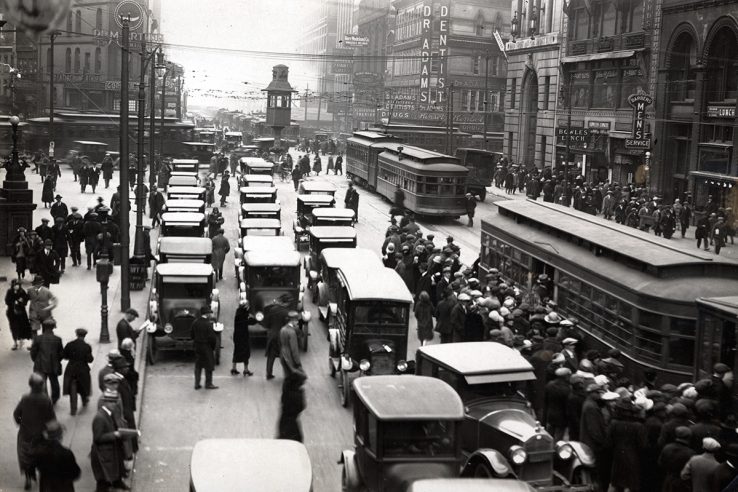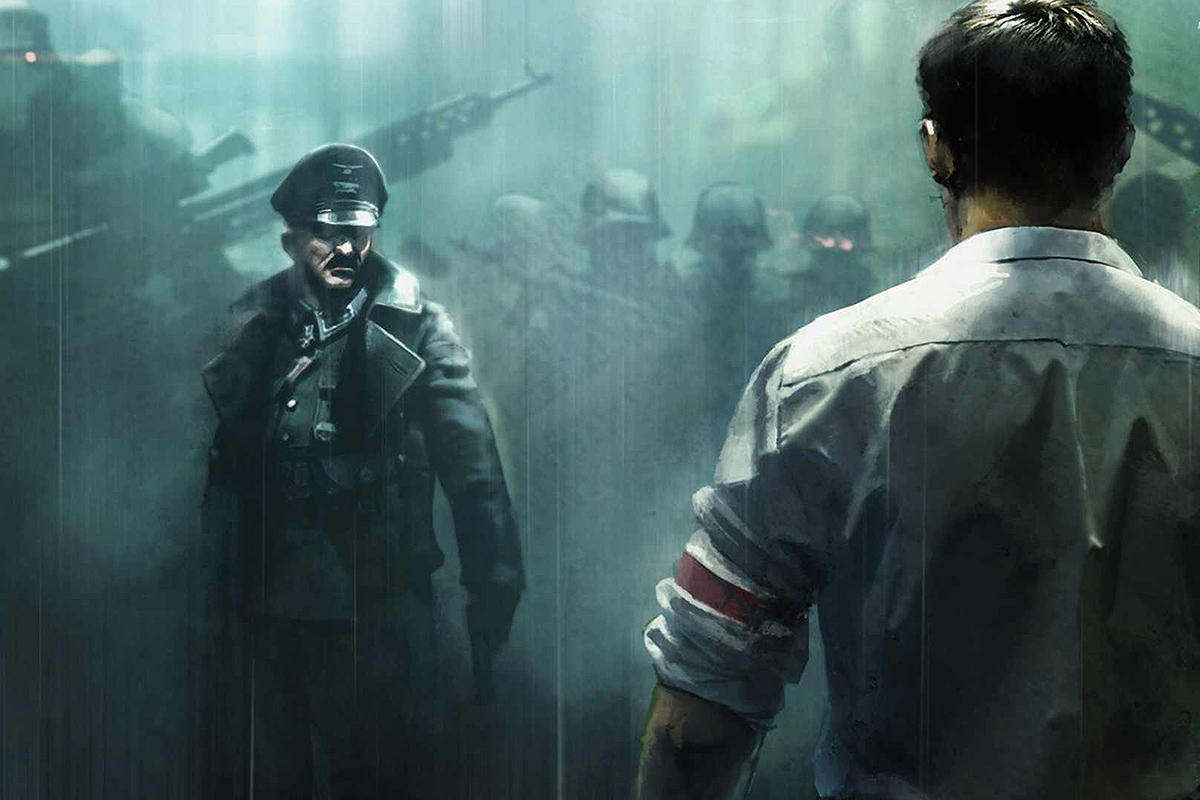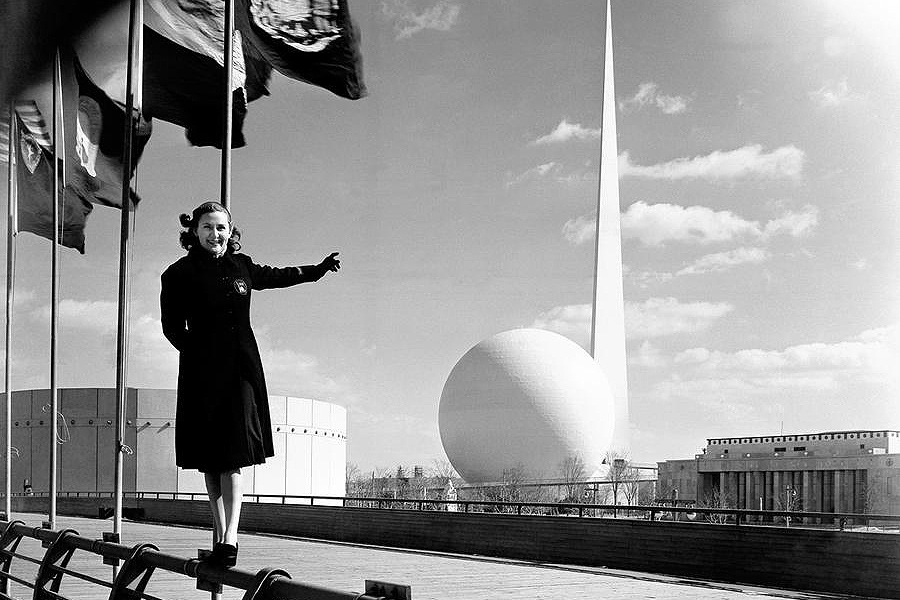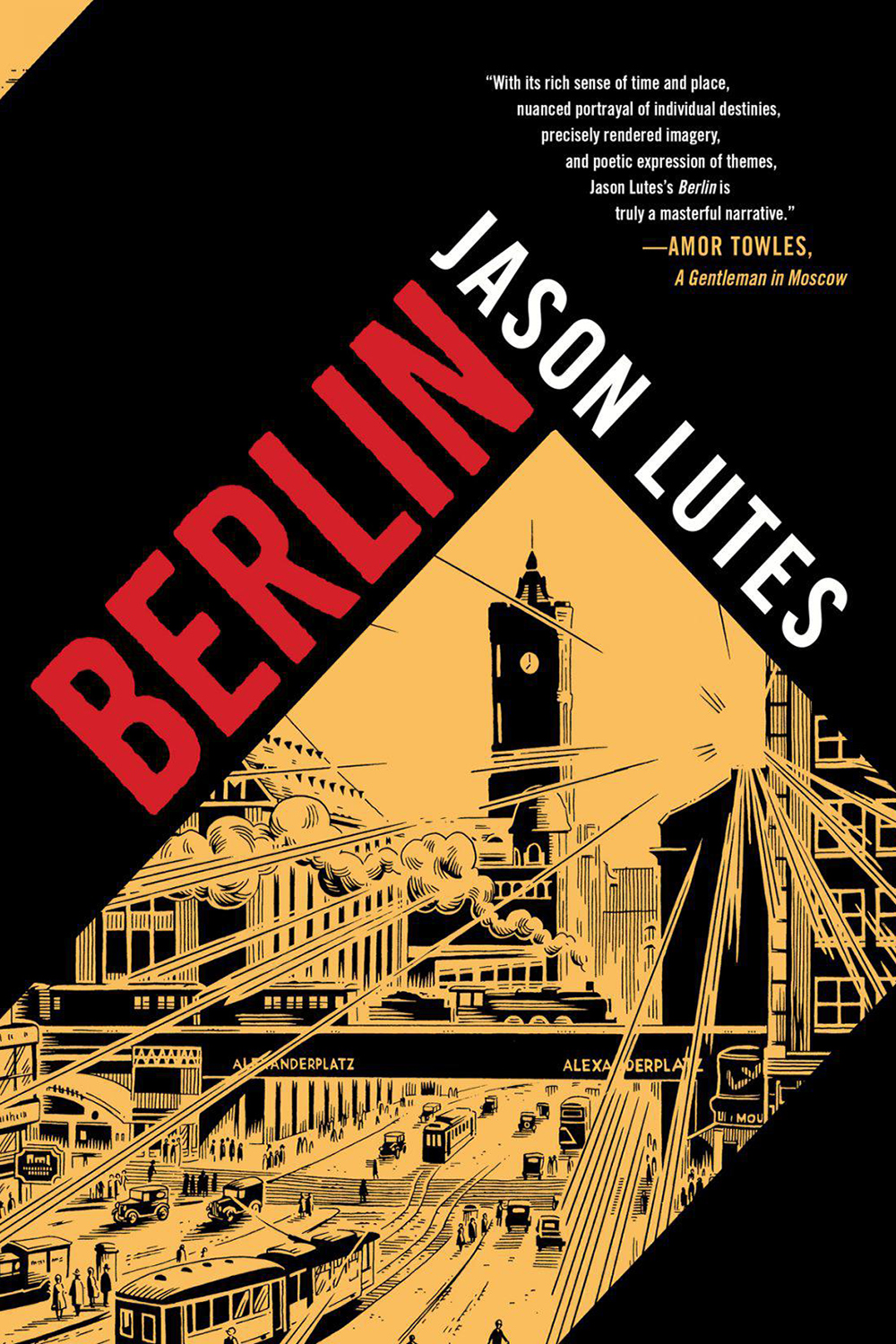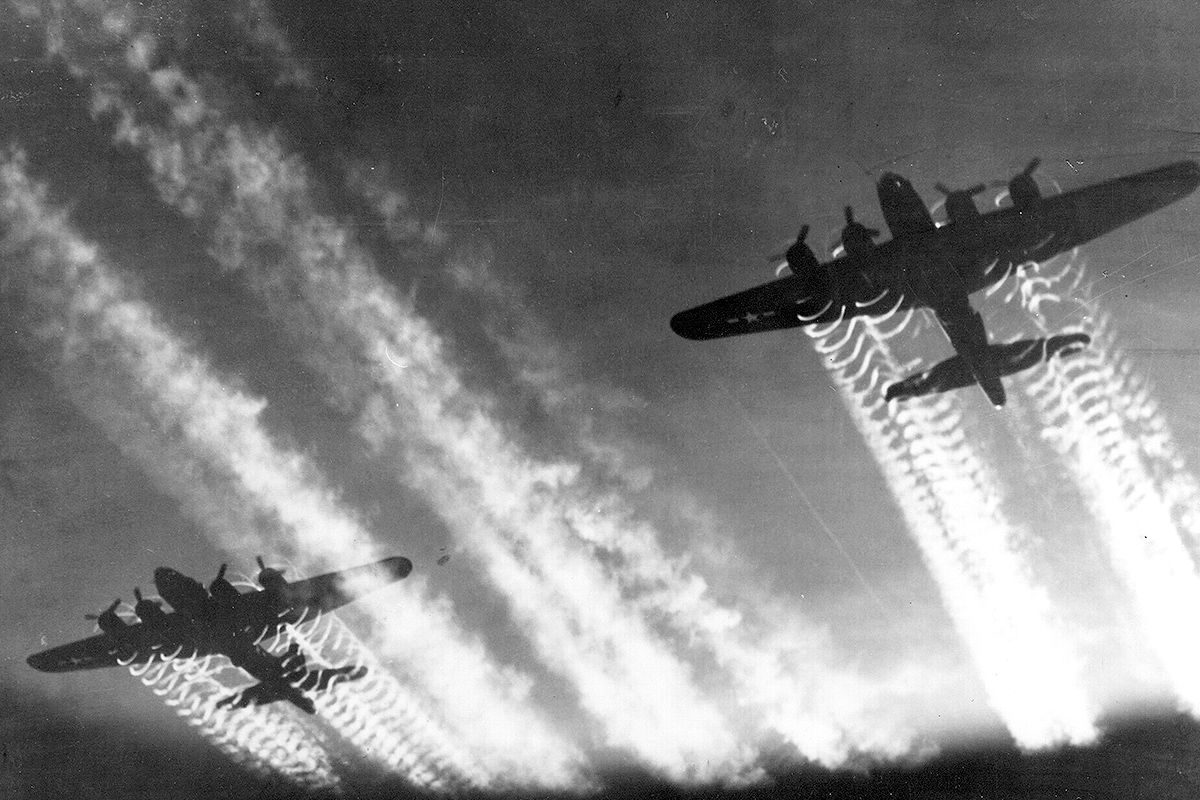Following in the horsemen’s wake of World War I, the story of America in the 1920s was one of a country weaving itself together from the tatters of plague and poverty. It was a time when the citizens danced to Nero’s fiddle while the republic battled its self-made robber barons and gentlemen thieves. It was a time when the populace cried out and told the heavens that no matter what was thrown their way, they were still alive. It was the Roaring Twenties.
The driving force of the decade was the country’s embrace of technology and its willingness to forge ahead toward a better future. While the Great War brought great suffering, it necessitated an industrialized world and forced an augmentation of the lifelines of transportation, communication and medical science, alongside all the other cornerstones of modern civilization.
Within a few sparse years, America turned those advances to celebration and danced in the weaning shadow of war’s specter to the sounds of Jazz and ragtime. The dance of this age was no waltz either. The youth culture of America stole the nation’s spotlight while the older generations, who were rigamortised by Victorian customs and formalities, stood aghast as the last icebergs of their traditions eroded from civility.
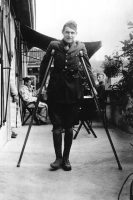
These youngsters of the Lost Generation refused to listen to those same adults who, less than a handful of years ago, almost destroyed the world. For the first time in America, the younger generation lead the dance as they bonded together into cliques and looked to each other rather than the past for direction and inspiration. They built the world as they saw it, and in return, the world entertained their radical notions of reform.
That’s not to say that the children were left to run the house alone. While the Lost and the flappers were playing their games, the last vestiges of Victorian restraint were fueling the careers of outlaws in the name of the Volstead Act. Barely a year before women could stride into the voting booths alongside men, the law proclaimed liquor to be the root of evil. Gangsters and common citizens alike did their best to prove this sentiment, and war’s presence was felt once again.
Returning from the front, a great number of men reentered America and found their old jobs no longer waiting for them. With no work and no money to make ends meet, many ex-soldiers turned their skills (and guns) to crime. These men pressed against the law with ruthless organization and mechanized rifles that had never barked before in a city street.
Once again, warfare pressed a need for technology and Uncle Sam obliged. The Roaring Twenties turned these smugglers and bank robbers into speakeasy folk heroes, but quick advances within the once feeble FBI allowed justice, however meager, to be served.
It’s not enough to focus on the decadence, though, for the 1920s were a time when America perfected its wartime technologies. Advances in building and city planning shifted the population to urban centers. Henry Ford’s Model-T finally became the true successor to real horsepower. Flying machines were no longer made of paper and cloth but of lightweight metals, allowing intercontinental travel for the masses. Electricity ceased to be a luxury and flowed along the streets into every home that wanted it.
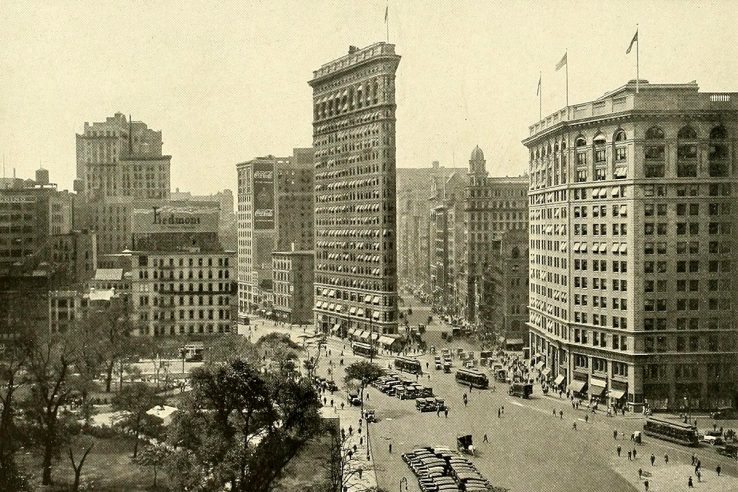
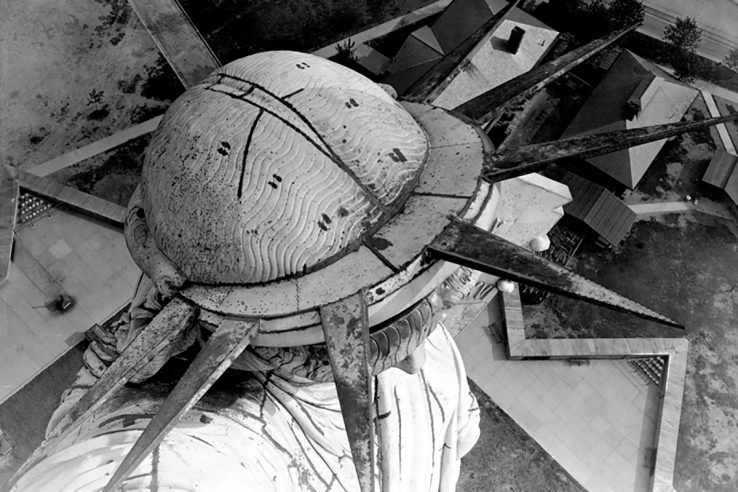
In all, the 1920s were exemplified by a break from tradition. The Lost saw that the ways of the past lead only to death and rushed to build their own sandcastle kingdoms from the ashes of war. They fought just as hard as any soldier, but they were fighting to build something new and something better. They were creating a new society that could have never stood on the rotten foundations left by their parents. So they built and they danced to forget the sins of the past.
The celebration ended on October 29, 1929, when the stock market crashed. Caused by the same banks that gilded the era for a decade, the crash restarted the cycle of poverty and financial depression that would hold America in the dust for another seven long years.
This story first appeared in Gatehouse Gazette 18 (May 2011), p. 17, with the headline “The Lost Generation”.

